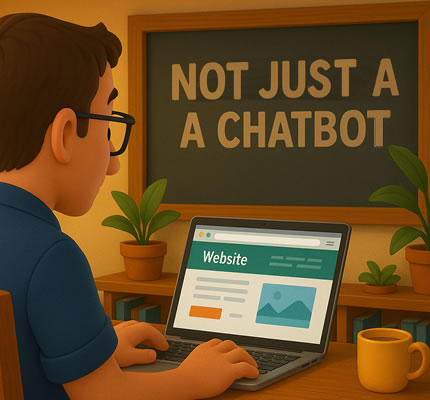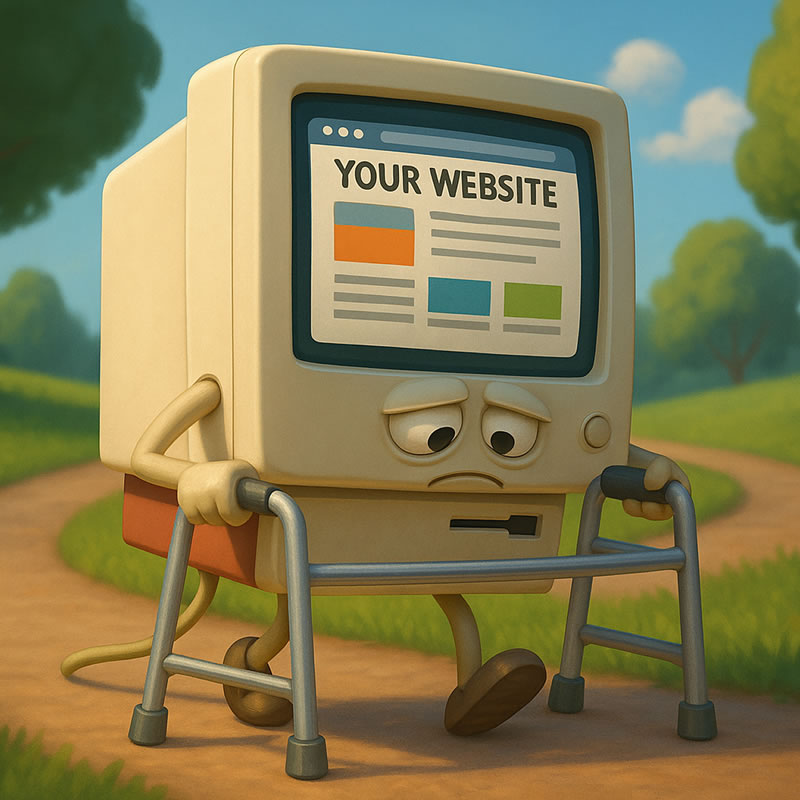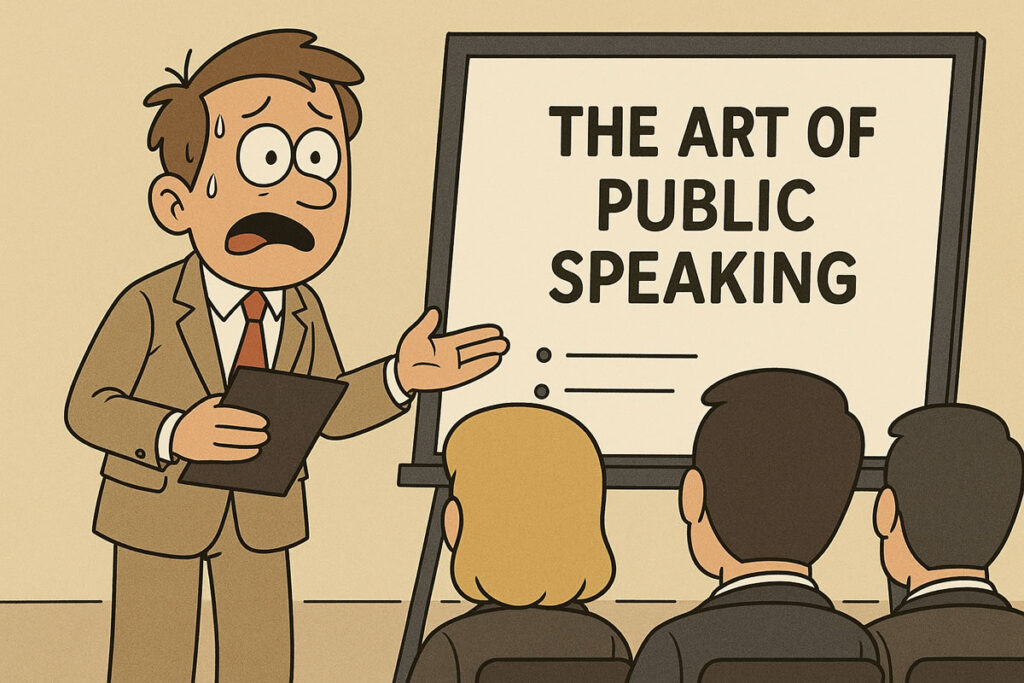
Let me ask you something.
Have you ever walked into a shop, ready to throw money at something you don’t need, only to find not a single person behind the counter?
No signs. No help. Nothing. You’d probably walk out. Fast.
That’s exactly what it feels like when your website doesn’t have a Call to Action.
What is a Call to Action?
In plain English, it’s the flashing neon sign that screams, “DO SOMETHING!” It could be a ‘Get a Quote’ button. A ‘Buy Now’ link. A ‘Book a Free Consult’ badge. It’s the bit that turns a passive browser into a customer, a lead, or at the very least, a name on your email list.
It’s not optional. It’s not decorative. It’s what gives your website a pulse.
But Why Do I Need One?
Simple. Because the whole point of your website isn’t to just sit there looking pretty – it’s to do something. Sell a product. Get a booking. Build a subscriber list. Whatever the end goal is, you’re not going to get there with vague copy and a contact page buried deeper than Pharaoh’s tomb.
People don’t have time to dig. We live in a world where if your site doesn’t grab attention in under ten seconds, the visitor’s already back on Google finding someone else who does know what they want them to do.
So ask yourself:
What do I actually want visitors to do on my site? Can they do it in one click? Is it obvious?
If the answer to any of those is “Um…” then no, your website is not doing its job.
Where Should I Put It?
Front and centre. Slap bang at the top. Above the fold. Think of your Call to Action like your best employee – it should be greeting people the second they arrive.
And here’s the kicker: it needs to follow them around. In 2025, we’re no longer limited to static banners. We’ve got sticky buttons, floating menus, mobile-optimised popups, and slide-ins that politely (or not-so-politely) ask for attention. And they work. If someone scrolls halfway down your homepage without seeing how to contact you, that’s a design fail, not a customer issue.
Put your CTA where their eyes are – top right on desktop, centre screen on mobile, and everywhere in between.
Final Thought
Do me a favour. Open your website right now. Pretend you’re not you – you’re someone who’s never heard of your business. Does the site clearly, unambiguously tell you what to do next?
If not, congratulations – you’ve just found your next five-minute fix that could double your leads. Now go fix it. And make it obvious.










